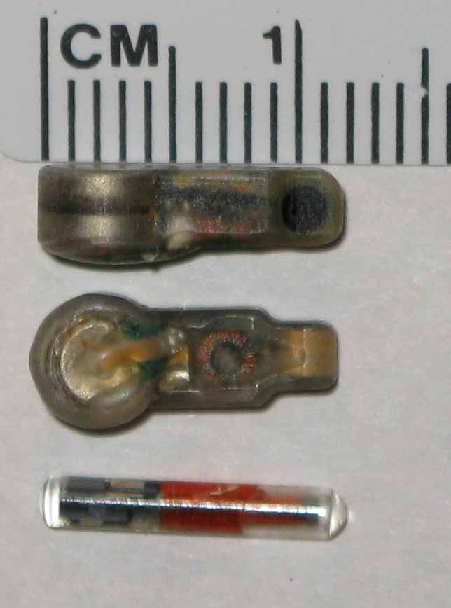Research Capabilities
Fish Behavior and Survival
PNNL researchers have been at the forefront of the development and deployment of miniature acoustic tags in fish. Using the Juvenile Salmon Acoustic Telemetry System (JSATS), PNNL researchers have been able to monitor the behavior, movement, habitat use, and survival of juvenile salmonids migrating from freshwater through rivers, reservoirs, and past hydroelectric dams into saltwater. Tags have also been deployed in other fish such as channel catfish, smallmouth bass, northern pike minnow, and walleye. Acoustic tags are less invasive than radio tags for the host since they do not require an antenna; they can be detected throughout the water column; they provide for fine-scale two- and three-dimensional movement information that can be used to assess fish approach behavior and route of passage, as well as survival; and they work in both salt and fresh water.
Recent research has included:
- Estimation of survival and travel time of juvenile salmon migrating more than 800 km of freshwater river, reservoir, estuary, and marine habitat
- Assessment of survival and habitat use of juvenile salmonids migrating through an estuarine environment
- Determination of impacts of ferry terminals on juvenile salmonid movements in salt water
- Estimation of route-specific dam passage survival of juvenile salmonids
- Observation of predator–prey interactions
- Evaluation of fish guidance and passage structures at hydroelectric dams using detailed 3D tracking
- Monitoring of delayed mortality of juvenile salmonids transported past hydroelectric dams in barges.



For more information in Acoustic Telemetry and Fish Tracking Research (see Projects)
